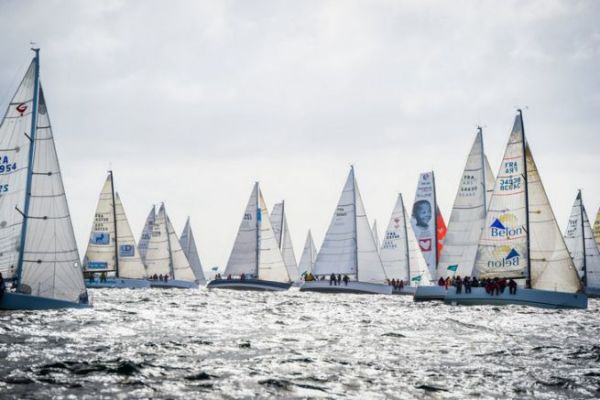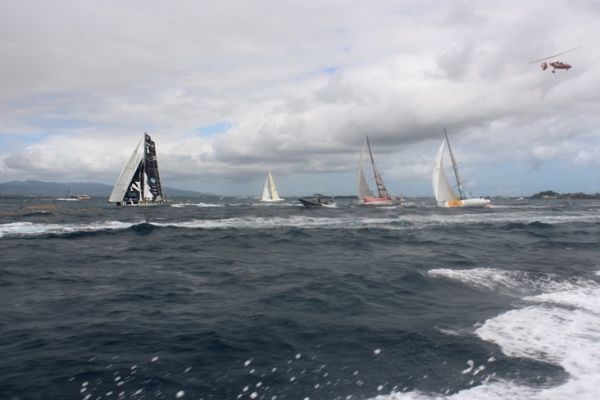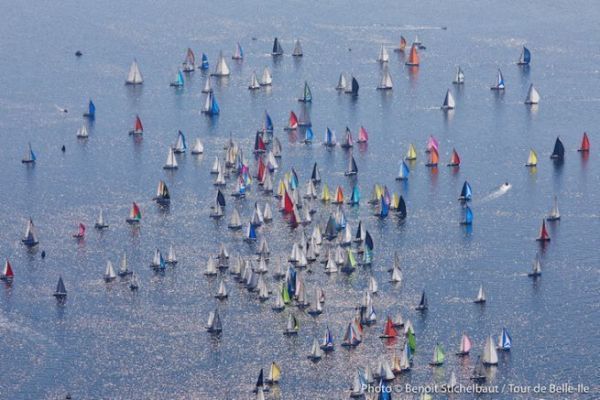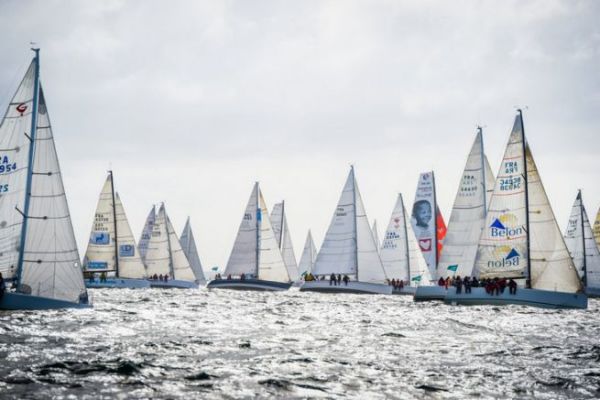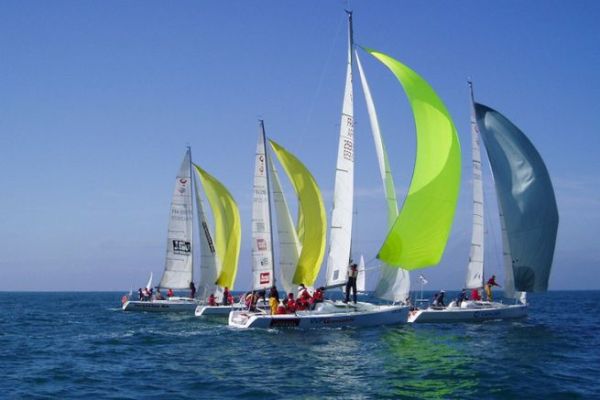Participate in club regattas
In France, the regattas are organised by the clubs affiliated to the FFVoile. These clubs also ensure that the necessary licences are obtained, including a medical examination and insurance.
Indeed, a sailing race requires a correct physical condition and exposes the sailors to certain physical risks, starting with drowning. A crew member without a licence or medical examination may not compete in a regatta. In the jargon, we say it is DNS, do not start.
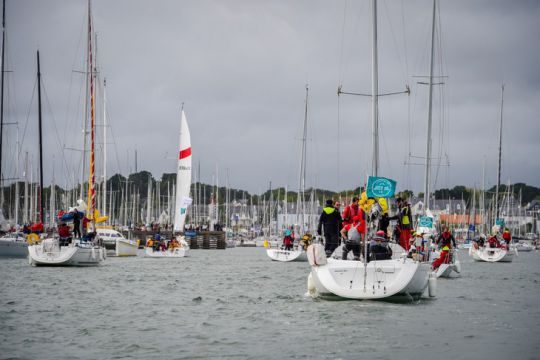
Know and accept the rules of the game
To participate in a regatta is to start by accepting all the RRS, the rules of sailing racing. As no one is supposed to ignore the laws, the RRS are available on the FFV website, the link to which you will find at the bottom of the article.
It is very likely that the club regatta you are interested in will bring together different boats on the same course, they are called regattas in compensated time .
The differences in size and speed of the other competitors must be taken into account in the phases when the boats are close and should sometimes be avoided. In order to prevent a contact that can be expensive and spoil the weekend, take a few moments to read or reread our article on ways to avoid a collision .

The fundamentals
L' Sportsmanship is the motivation for all these rules. Remember that a regatta is above all a sporting game.
Before talking about the precise rules governing departures, buoys, crossings or arrivals, some basic rules should be known:
Rule 1. Concerns safety and assistance to those in danger. Assistance MUST be provided at sea whether or not you are racing. Safety equipment must be available and everyone is responsible for its use.
Rule 2. She is interested in loyalty in sailing, what our English neighbours call fair play. Failure to respect this sporting loyalty will result in penalties.
Set it 3 is about accepting the rules. Competitors undertake to comply with the rules and approve any penalties.
Rule 4 clarifies one of the very Anglo-Saxon concepts: "The decision to participate or remain in the race is the sole responsibility of the crew." The regatta organisers give the starts, the crews decide to their heart and soul whether or not to compete depending on factors such as weather conditions, the crew's experience, or the boat's preparation.
Rule 5 deals with anti-doping rules. As a reminder, ethylene, because of its anti-stress properties, is on the list of doping products. So that's a good reason to wait until the finish line is crossed for the distribution of cold beers.
Compliance with RIPAM
A brief reminder about RIPAM (International Regulations for Preventing Collisions at Sea). And yes, another regulation we're supposed to know.
- During a regatta, RIPAM is always applicable at night.
- Similarly, in the vicinity of the DST (traffic separation scheme), these cargo channels as found at the tip of Finistère, here RIPAM prevails over the RRS. You should not navigate in these areas.
- Finally, RIPAM and in particular its priority rules must be respected with ships that do not race with you such as ferries, cargo ships, fishermen, and all other boaters.


 /
/ 